#Naturalis Biodiversity Center
Photo
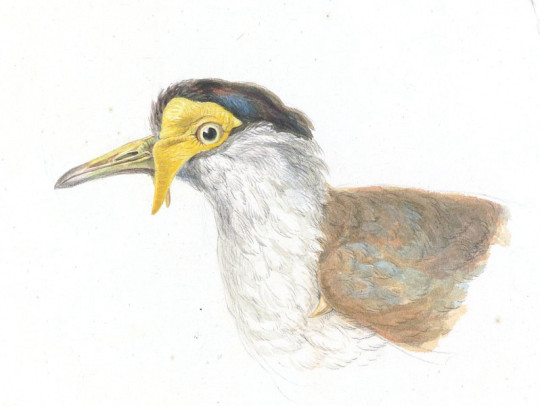
A new variant has been added!
Masked Lapwing (Vanellus miles)
© Naturalis Biodiversity Center
It hatches from abundant, black, coastal, common, large, new, noisy, northern, open, southern, urban, and yellow eggs.
squawkoverflow - the ultimate bird collecting game
🥚 hatch ❤️ collect 🤝 connect
0 notes
Text

Eurasian magpies typically build their nests from thorny branches, but some birds have discovered anti-bird spikes work just as well—if not better. Photograph By Auke Florian Hiemstra
'The Perfect Revenge'? Birds are Building Fortresses From Anti-bird Spikes
Despite a plethora of products designed to keep birds off buildings, our feathered friends are sending a clear message: Nice try.
— By Jason Bittel | July 17, 2023
In an example of “The Perfect Revenge,” European birds are ripping anti-bird barbs off buildings and using them to build armored nurseries for their chicks, scientists say.
“They take the stuff we use to try to deter birds, and they make a nest out of it, and then make more birds,” says Auke-Florian Hiemstra, a biologist at Naturalis Biodiversity Center in the Netherlands and lead author of a study on the phenomenon published this month in Deinsea, the online journal of the National History Museum Rotterdam.
“That’s just a brilliant way to fight the system. Nice to see some birds fighting back.”
While birds are a common urban neighbor, city residents don’t always appreciate the droppings and nesting materials our feathered friends leave behind. This has spurred an entire industry of products designed to keep birds off human infrastructure, such as light displays, netting, and even sharp metal spikes.
However, a new study shows that not only are some birds unbothered by long strips of barbs, but they’re actually ripping the skewers off buildings and using them to build armored nurseries for their chicks.
In the Netherlands, two instances so far show that carrion crows coiled the strips so that the spikes faced inward, possibly serving as a base for the nest and helping to bind other nesting materials, such as twigs and dry leaves.

Scientists want to know if these nests (Pictured, One Found in Antwerp, Belgium) are better at protecting chicks than those without spikes. Photograph By Auke Florian Hiemstra
Eurasian magpies, on the other hand, build nests with a roof. “Magpies are very worried about crows stealing their eggs and young, so to protect them, they make this dome,” says Hiemstra. “They can fly multiple kilometers trying to look for material. However, in cities, there’s not a lot thorny branches around.”
Perhaps this is why, in three separate instances described between 2021 and 2023 from the Netherlands, Belgium, and Scotland, Hiemstra found magpie nests that incorporated anti-bird spikes in the top of the dome. And this is intriguing, because magpies typically construct their roofs out of hawthorn, blackthorn, and rose stems.
In other words, it seems the magpies are not treating the anti-bird strips as just another building material. They’re using the spikes as spikes.
If true, it would be the first such documentation of its kind.
'Magpies are Nuts'
To be clear, birds build nests from human-made objects all the time. Hiemstra has personally seen nests from various species made out of everything from windshield wipers and headphones to hypodermic needles, cocaine packaging, and condoms.
“So even the wild side of Amsterdam, you will see reflected in the bird nests,” he says. “Almost anything can become nesting material.”
However, for his new research, Hiemstra dived into the scientific literature to find examples of corvids using anti-bird spikes. The first recorded example of this behavior appears to be from 2009 in Rotterdam, but overall the scientists gathered five instances in three countries.
“So even the wild side of Amsterdam, you will see reflected in the bird nests,” he says. “Almost anything can become nesting material.”
It has also been previously documented that some species, such as cockatoos in Australia, will actively rip anti-bird spikes from their moorings.

This strip of anti-bird spikes was taken from a nest in Antwerp, Belgium. Photograph By Auke Florian Hiemstra
However, what makes this new study different is the idea that the magpies, especially, may be using the anti-bird spikes in a functional capacity.
“I’ve seen birds who built on top of the spikes,” which are also used in the U.S., says Karina Sanchez, an urban ecologist at the University of New Hampshire not involved in the study. “But this was my first time seeing the spikes being yanked off of the structure and used in nests.”
Sanchez says she’s not surprised about the species involved. “Magpies are Nuts,” she laughs. “Their nests are very elaborate. We used to call them ‘condos.’”
While the photos included in the study are “somewhat convincing,” Sanchez says that right now, the idea that magpies might be using the spikes functionally is “still kind of anecdotal.”
For one, the behavior has only been documented a handful of times. And two, it would require further experimentation to prove that the magpies recognize the human-made materials as being similar in function to natural materials, such as thorny branches.
At the same time, Sanchez says, “I don’t see why that wouldn’t be a possibility.”
According to Hiemstra, the next step will be to design experiments that can figure out if thorny materials help magpies raise more chicks. Then, they’d want to see if anti-bird spikes produce similar, or maybe even better results.
Do Animals Feel Revenge?
The study comes among two recent examples of wildlife messing with people—an otter stealing surfboards in California and a spate of incidents in which orcas are attacking boats in Europe. These incidents have spurred headlines that wildlife is finally fed up with people.
Of course, scientists can’t say—yet—whether an animal actually feels revenge, Hiemstra says.
“If the birds themselves understand the irony of the whole situation, that is of course, impossible to say. But corvids do understand a lot, are real problem solvers, recognize themselves in mirrors, [and] understand tool use,” he says.
And it’s indisputable that wildlife have figured out how to live among us, especially in cities.
“It’s really sad that we’re fighting our urban wildlife so actively,” says Hiemstra, “while actually, it’s quite beautiful that these animals are living in cities, just like us.”
“So I would really like the people to embrace that urban wildlife, instead of fighting it with bird spikes.”
#The National Geographic#Birds’ Fortresses#Anti-bird Spikes#The Perfect Revenge#European Birds#Armored Nurseries#Biologist Auke-Florian Hiemstra#Naturalis Biodiversity Center The Netherlands 🇳🇱#National History Museum Rotterdam#Netting & Sharp Metal Spikes#Eurasian Magpies#Netherlands 🇳🇱 Belgium 🇧🇪 and Scotland 🏴#Hawthorn Blackthorn and Rose Stems.#Amsterdam | Rotterdam#Cockatoos#Australia 🇦🇺#Karina Sanchez#University of New Hampshire USA 🇺🇸#California
2 notes
·
View notes
Text
Humans are so cute. They think they can outsmart birds. They place nasty metal spikes on rooftops and ledges to prevent birds from nesting there.
It’s a classic human trick known in urban design as “evil architecture”: designing a place in a way that’s meant to deter others. Think of the city benches you see segmented by bars to stop homeless people sleeping there.
But birds are genius rebels. Not only are they undeterred by evil architecture, they actually use it to their advantage, according to a new Dutch study published in the journal Deinsea.
Crows and magpies, it turns out, are learning to rip strips of anti-bird spikes off of buildings and use them to build their nests. It’s an incredible addition to the growing body of evidence about the intelligence of birds, so wrongly maligned as stupid that “bird-brained” is still commonly used as an insult...
Magpies also use anti-bird spikes for their nests. In 2021, a hospital patient in Antwerp, Belgium, looked out the window and noticed a huge magpie’s nest in a tree in the courtyard. Biologist Auke-Florian Hiemstra of Leiden-based Naturalis Biodiversity Center, one of the study’s authors, went to collect the nest and found that it was made out of 50 meters of anti-bird strips, containing no fewer than 1,500 metal spikes.
Hiemstra describes the magpie nest as “an impregnable fortress.”
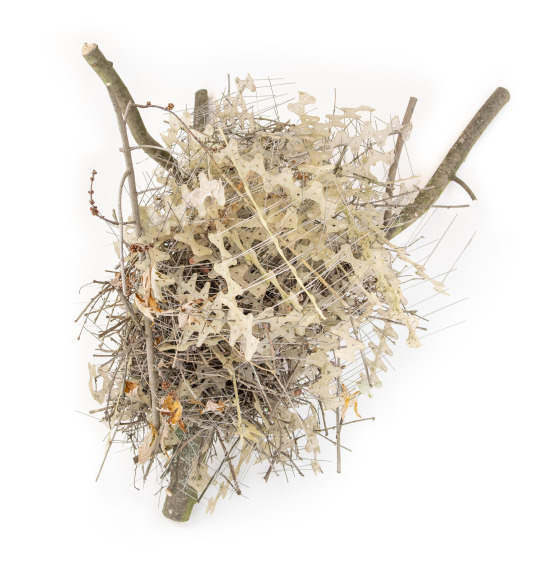
Pictured: A huge magpie nest made out of 1,500 metal spikes.
Magpies are known to build roofs over their nests to prevent other birds from stealing their eggs and young. Usually, they scrounge around in nature for thorny plants or spiky branches to form the roof. But city birds don’t need to search for the perfect branch — they can just use the anti-bird spikes that humans have so kindly put at their disposal.
“The magpies appear to be using the pins exactly the same way we do: to keep other birds away from their nest,” Hiemstra said.
Another urban magpie nest, this one from Scotland, really shows off the roof-building tactic:

Pictured: A nest from Scotland shows how urban magpies are using anti-bird spikes to construct a roof meant to protect their young and eggs from predators.
Birds had already been spotted using upward-pointing anti-bird spikes as foundations for nests. In 2016, the so-called Parkdale Pigeon became Twitter-famous for refusing to give up when humans removed her first nest and installed spikes on her chosen nesting site, the top of an LCD monitor on a subway platform in Melbourne. The avian architect rebelled and built an even better home there, using the spikes as a foundation to hold her nest more securely in place.
...Hiemstra’s study is the first to show that birds, adapting to city life, are learning to seek out and use our anti-bird spikes as their nesting material. Pretty badass, right?
The genius of birds — and other animals we underestimate
It’s a well-established fact that many bird species are highly intelligent. Members of the corvid family, which includes crows and magpies, are especially renowned for their smarts. Crows can solve complex puzzles, while magpies can pass the “mirror test” — the classic test that scientists use to determine if a species is self-aware.
Studies show that some birds have evolved cognitive skills similar to our own: They have amazing memories, remembering for months the thousands of different hiding places where they’ve stashed seeds, and they use their own experiences to predict the behavior of other birds, suggesting they’ve got some theory of mind.
And, as author Jennifer Ackerman details in The Genius of Birds, birds are brilliant at using tools. Black palm cockatoos use twigs as drumsticks, tapping out a beat on a tree trunk to get a female’s attention. Jays use sticks as spears to attack other birds...
Birds have also been known to use human tools to their advantage. When carrion crows want to crack a walnut, for example, they position the nut on a busy road, wait for a passing car to crush the shell, then swoop down to collect the nut and eat it. This behavior has been recorded several times in Japanese crows.
But what’s unique about Hiemstra’s study is that it shows birds using human tools, specifically designed to thwart birds’ plans, in order to thwart our plans instead. We humans try to keep birds away with spikes, and the birds — ingenious rebels that they are — retort: Thanks, humans!
-via Vox, July 26, 2023
#birds are literally learning how to better live/survive alongside us#this is like. actually kind of remarkable. and the technique is spreading including to other species.#is this hopepunk? it kinda feels like hopepunk to me.#animals are literally learning how to use our attempts to get rid of them against us#that's kind of amazing#and also VERY encouraging re: life's innate resilience#crows#magpie#corvid#crow#bird#bird nest#bird nerd#bird news#adaptation#urban animals#ornithology#climate adaptation#kinda#good news#hope#hope posting#hopepunk#animal intelligence#wildlife#animals are awesome
1K notes
·
View notes
Text
Happy Coelacanth Saturday to those who celebrate! Ran into this beauty at the Naturalis Biodiversity Center in The Netherlands yesterday 😍
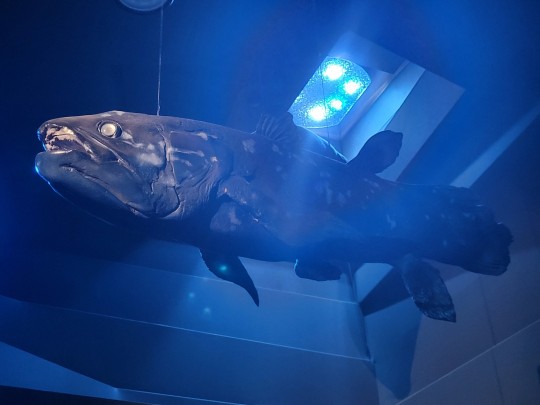
Such a nice surprise 🥰
843 notes
·
View notes
Text
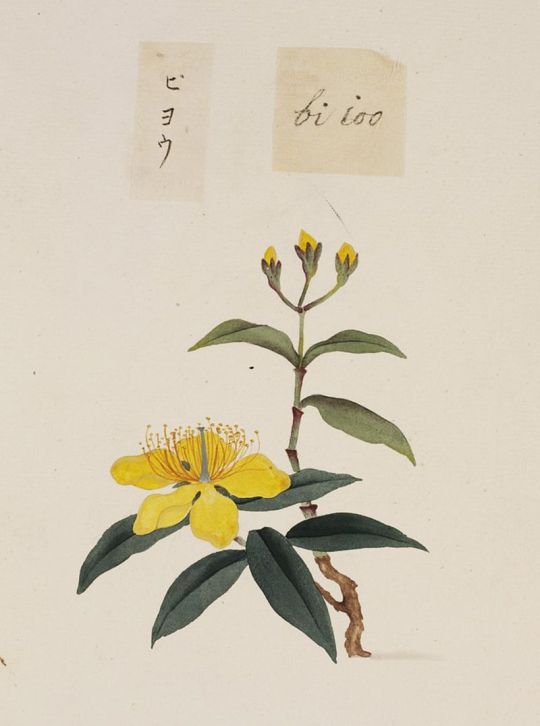

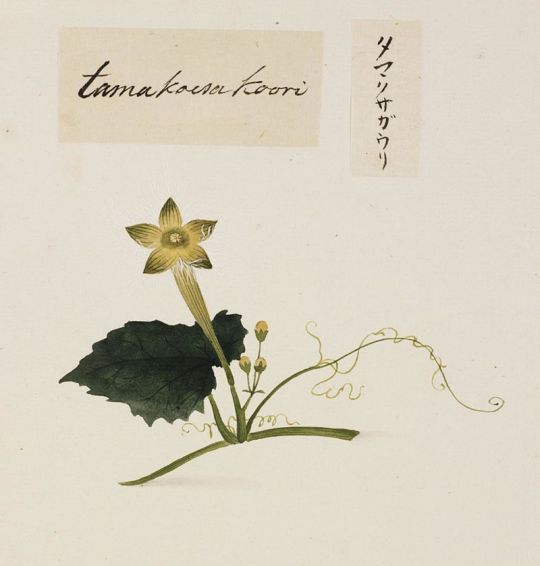
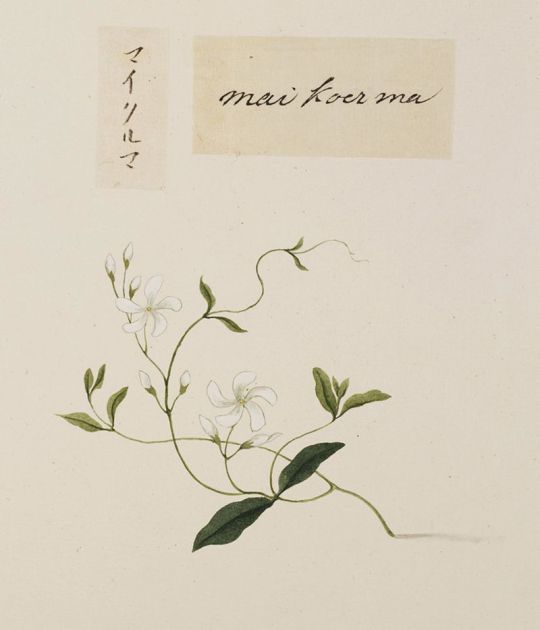
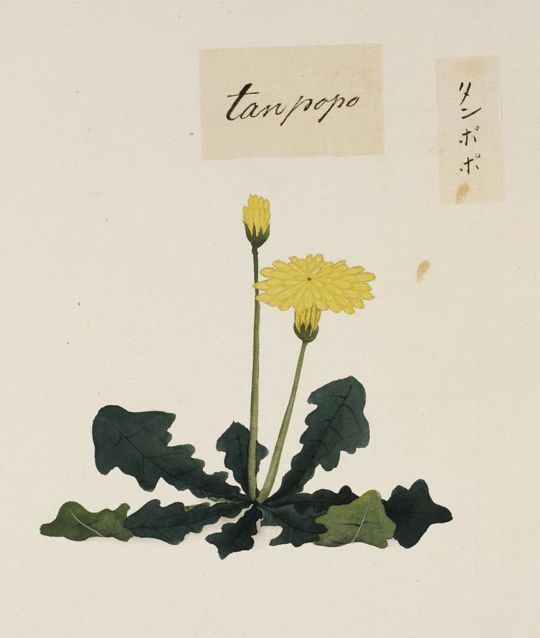

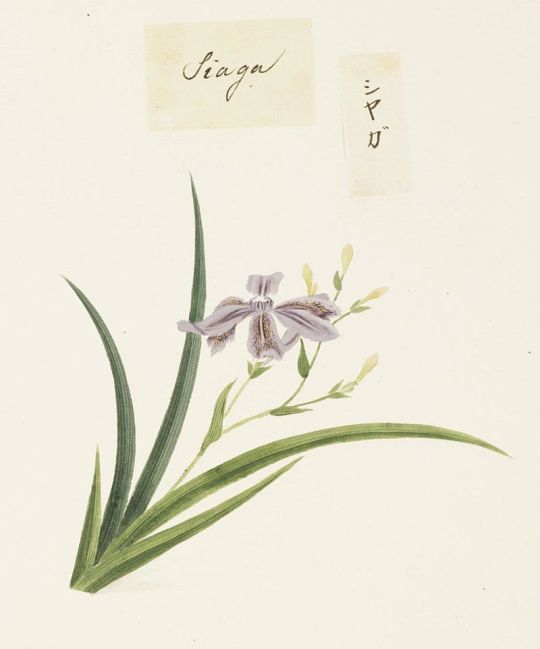
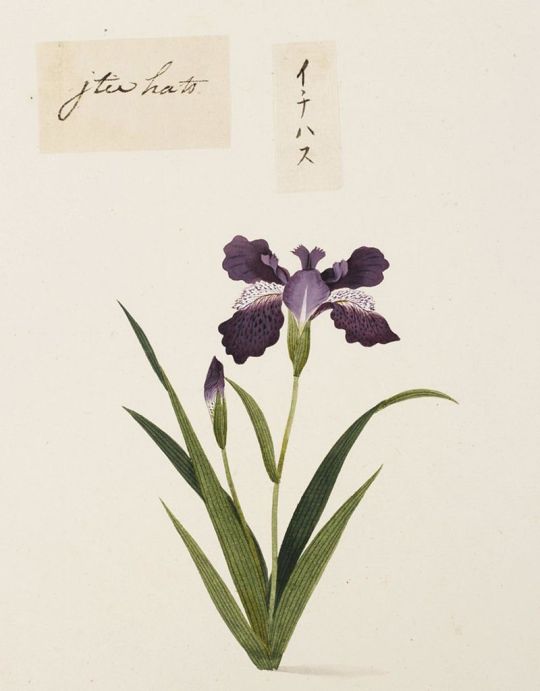


Botanical illustrations (between 1823 and 1829) by Kawahara Keiga (Japanese, 1786–).
Pencil and watercolour.
Naturalis Biodiversity Center
Wikimedia Commons.
317 notes
·
View notes
Text
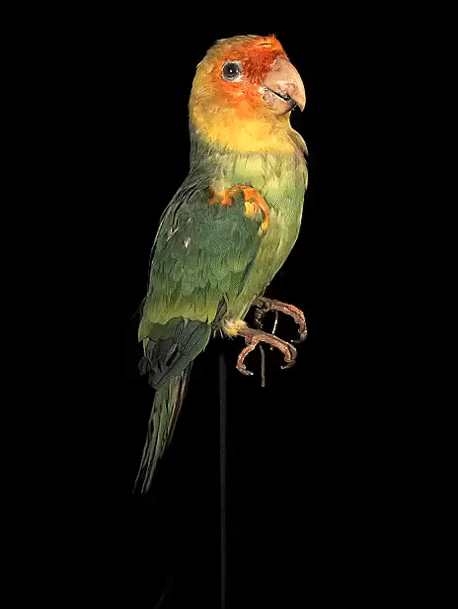
[2094/11056] Carolina parakeet - Conuropsis carolinensis
(extinct)
Order: Psittaciformes (parrots)
Superfamily: Psittacoidea (true parrots)
Family: Psittacidae (holotropical parrots)
Subfamily: Arinae (neotropical parrots)
Video credit: Naturalis Biodiversity Center
#birds#Carolina parakeet#Psittaciformes#Psittacoidea#Psittacidae#Arinae#Conuropsis#birds a to z#extinct#described
250 notes
·
View notes
Text
the birds of the "aDNA jp"
I need a name for this AU and "pleistocene park" is taken by something else
anyway
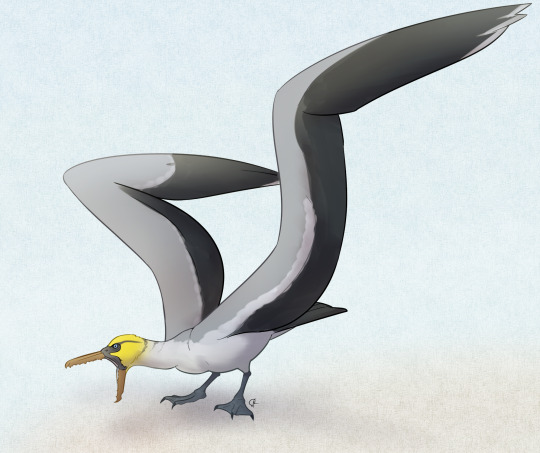
Pelagornis, a terrifying pseudotoothed bird (art by @quetzalpali-art)
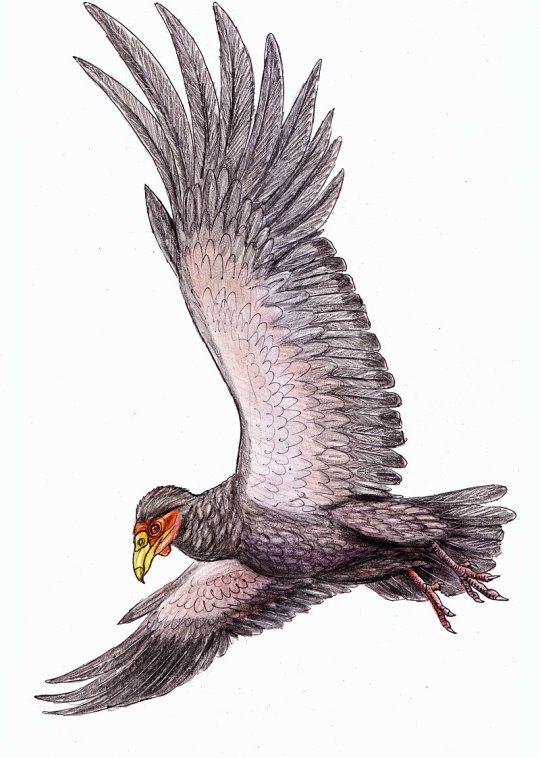
Teratornis, a giant vulture relative (art by DiBgd, CC BY-SA 4.0)
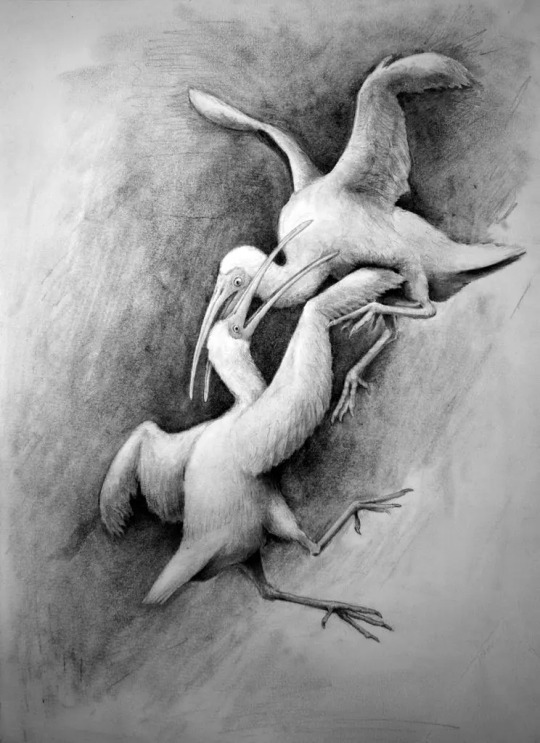
Xenicibis, the Club-Winged Ibis (art sourced from NatGeo)

Haast's Eagle, the Moa Killer (art by @thewoodparable)


Moas, the top herbivores of New Zealand (art by @quetzalpali-art and @thewoodparable)
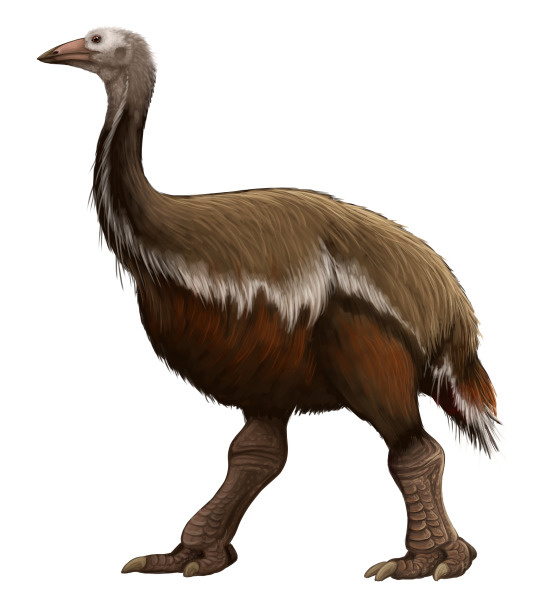
Aepyornis (and Vorombe, if that's a thing), the Elephant Bird, the largest bird to ever exist (art by @drawingwithdinosaurs)

The Giant Ground Owl (over one meter tall) (art by Stanton F. Fink, CC BY-SA 2.5)
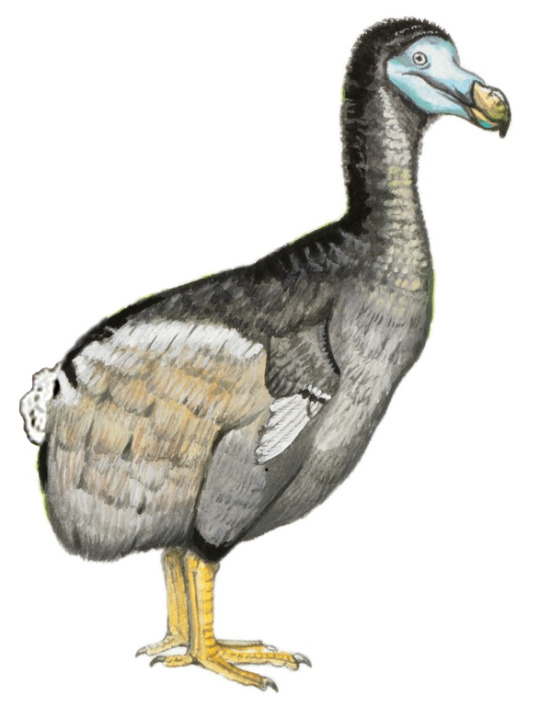
The Dodo (art by Julian P. Hume, CC BY 4.0)

The Passenger Pigeon, great eraser of the sun
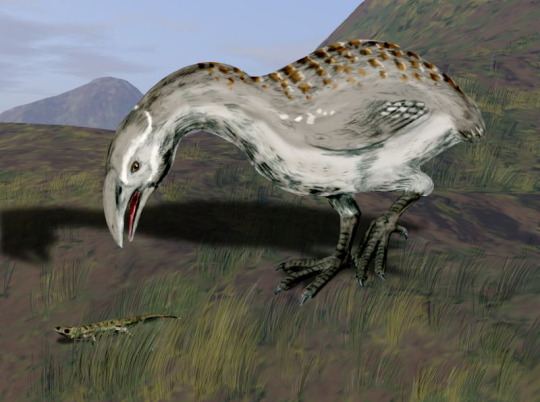
Adzebills, the Opportunists of New Zealand (art by Nobu Tamura, CC BY 3.0)

The glorious Mihirungs of Australia (art by @thewoodparable)

The Great Auk, the false-penguin of the north (photo by Mike Pennington, CC BY 3.0)

Chendytes, the giant marine ducks (art by Stanton Fink, CC BY 2.5)

Talpanas, the reverse-platypus (art by @drawingwithdinosaurs)

the Du, the Demon Chicken (art by @franzanth)

The Giant Flores Stork, competitor of the Komodo Dragon (art by Gabriel Ugueto, CC BY 4.0)
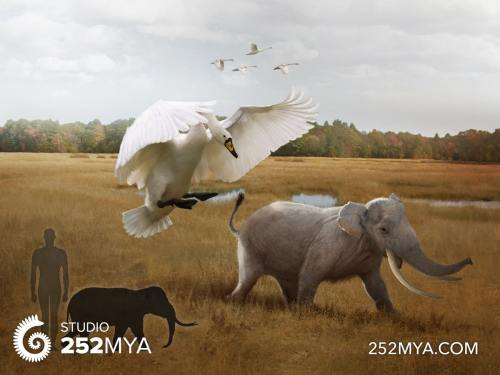
the Giant Swan, attacker of dwarf elephants (art by @paleoart)

Carolina Parakeet, the only parrot native to North America (photo by Huub Veldhuijzen van Zanten/Naturalis Biodiversity Center, CC BY-SA 3.0)
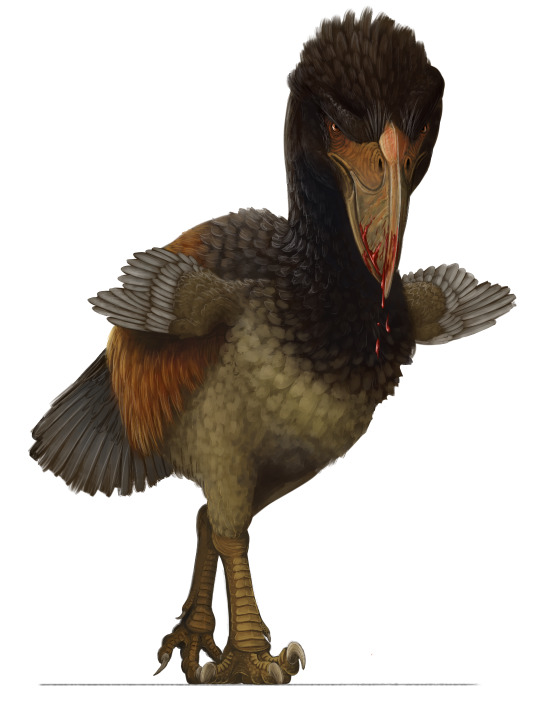
and, of course, Titanis: One of the Last Terror Birds (art by @drawingwithdinosaurs)
there are more, of course, but this post is already too long
526 notes
·
View notes
Text
Animal of the Day!
Carolina Parakeet (Conuropsis carolinensis)

(Photo from Naturalis Biodiversity Center)
Extinction Date- 1939
Habitat- Midwestern United States
Size (Weight/Length)- 280 g; 25 cm
Diet- Seeds; Fruits; Nuts
Cool Facts- The Carolina parakeet was once one of the three parrot species native to the United States. These brilliantly colored birds were once found from New York to the Gulf of Mexico along riverbanks and cypress swamps. Flocks had up to 300 individuals, building nests in tree hollows and eating nuts or fruits. Carolina parakeets were in decline since the last glacial maximum, and combined with inbreeding and capturing for museum specimens, the parakeets were eradicated from the wild by 1904. A pair of Carolina parakeets, Incas and Lady June, in the Cincinnati Zoo passed away in 1918. Strangely enough, they were not classified as extinct until 1939 under the hope that some parakeets remained in the mangroves of Florida. Today, the sun parakeet, or sun conure, remains their closest relative. Sun conures are endangered due to hunting for their feathers, habitat loss, and capture for the pet trade. Conservationists are rushing to protect the sun parakeet’s remaining habitat and cracking down on cross-border trade.
Rating- 11/10 (Possibly poisonous from their diet including cockleburs.)
#animal of the day#animals#bird#parrot#parakeet#conure#tuesday#october 10#carolina parakeet#biology#science#conservation#the more you know#extinct#taxidermy#extinctober#sun conure#sun parakeet
231 notes
·
View notes
Text
The Spectacle(d Cormorant) - an informative post about an underrated extinct bird

(Artwork by me. Halfly based on the artwork by Joseph Wolf.)
Just something out of the ordinary from before. I am getting tired from posting all those comics and stuff on here, so here's a repost of my depiction of one of my all-time favorite extinct birds - the life, the moment, the spectacle itself - the spectacled (or Pallas's) cormorant, as well as a bunch of facts about it below this because I care about this bird so much and will protect it with all my life if it still existed.
You may ask, why am I so into this nerdy-looking bird? It's not like it's THAT special or anything - we still have at least 40 other cormorant species alive on earth - 3 of them in the same genus as the spectacled cormorant.
The reason is simple - no one ever talks about it or even has an idea on what it is, even though humans were the sole cause of its extinction. (And believe it or not, cormorant culling IS still a thing, but that's a different story for now.)
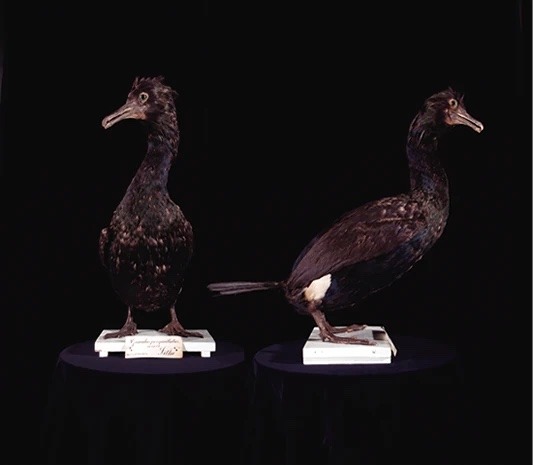
(Specimen kept at the Naturalis Biodiversity Center in Leiden, the Netherlands.)
Large, stupid, clumsy, ludicrous in looks. That was how others, including Georg Steller, the discoverer of the bird, described the spectacled cormorant. It was, perhaps, the largest of all cormorants known to exist, rivalling the Galápagos flightless cormorant in length, but was way heavier than the latter. Due to its large size, it was probably flightless, but studies of its wings have shown that it was more likely reluctant to do so due to its lack of natural predators (besides Arctic foxes) while residing in its former habitat - the Commander/Komandorski Islands in Kamchatka Krai of Russia. Occasionally, some of these birds would get lost and end up on the Kamchatka Peninsula, which led to its consumption by the locals.
However, it wasn't until the 1820s when their extinction was hastened. The Russian-American Company started to transfer Unangan (Aleut) people to the islands, and, to no surprise, they found this cormorant easy to hunt. As Steller said on his journey in 1741, the spectacled cormorant was also rather delicious, unlike most other cormorants. Along with how it was abundant on the Commander Islands, this was most likely the exact reason why the Unangan people consumed it whenever they could not catch enough fish to sell or feed their families.
That marked the end of the legacy of the spectacled cormorant. It vanished from the islands and the world in the 1850s, and was never heard from anyone ever again.
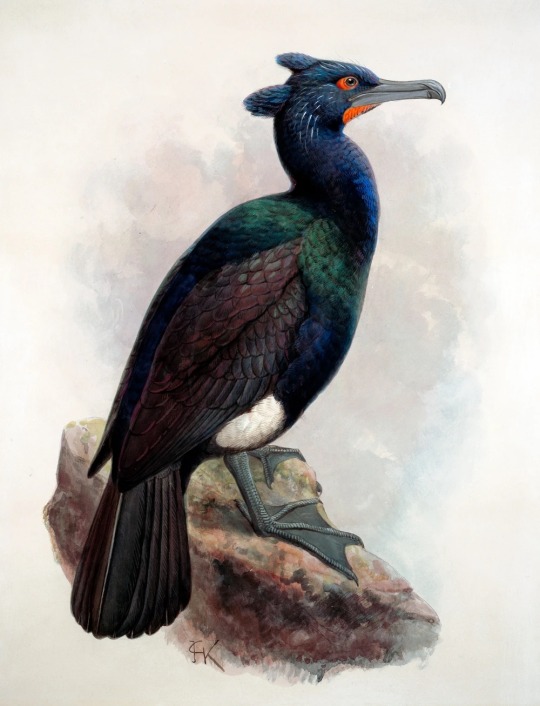
(Artwork by J. G. Keulemans.)
The reason why it might have been forgotten by man was probably due to there only being six known specimens of this bird collected (all apparently by the same person, Governor Kuprianof), and only one or two of those specimens are currently up for display in the whole world.
The spectacled cormorant died like the dodo, but unlike the dodo, it was quickly forgotten by the people who caused its rapid extinction. By the time we wanted to care about it, it was already gone.
170+ years have passed. People like me still remember this bird, wanting to do anything to bring it back to life, or just imagining it while it was still in its glory - plummeting into the cold seas to catch a mouthful of fish, as it clumsily swims back to the shore to dry its wings. A beautiful bird that met a rather depressing fate.
#extinct birds#bird art#spectacled cormorant#recently extinct#extinct animals#i can't draw backgrounds#extinction#lineless art#digital artwork#informative post#fact post#bird facts#cormorant#seabirds
242 notes
·
View notes
Text

Magpies’ nest made from anti-bird spikes and a strip of the spikes (bottom right). Photograph: Auke-Florian Hiemstra / Naturalis Biodiversity Center via Guardian
192 notes
·
View notes
Text
✨Corvids Are Building Nests Out Of Anti-Bird Spikes!✨
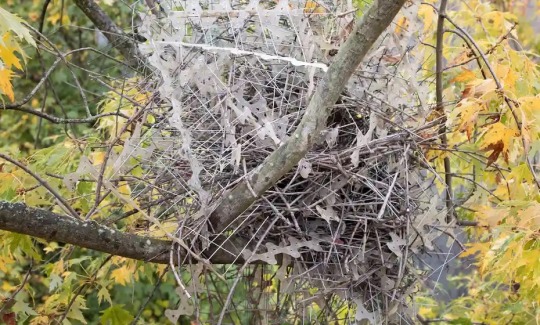
Check out this article that the incredible @once-in-a-blue-moon-rising sent me.
Nests recovered from trees in Rotterdam in the Netherlands and Antwerp in Belgium were found to be constructed almost entirely from strips of long metal spikes that are often attached to buildings to deter birds from setting up home on the structures.
While the Rotterdam nest was made by crows, the other three were built by magpies, which construct large dome-like nests. The crows used the anti-bird spikes as a sturdy construction material, but the magpies may have appreciated their intended use: they placed most of the spikes on the nest’s roof where they could deter predators, including other birds and weasels.
Auke-Florian Hiemstra, a biologist at the Naturalis Biodiversity Center, said: “Even for me as a nest researcher, these are the craziest bird nests I’ve ever seen.”
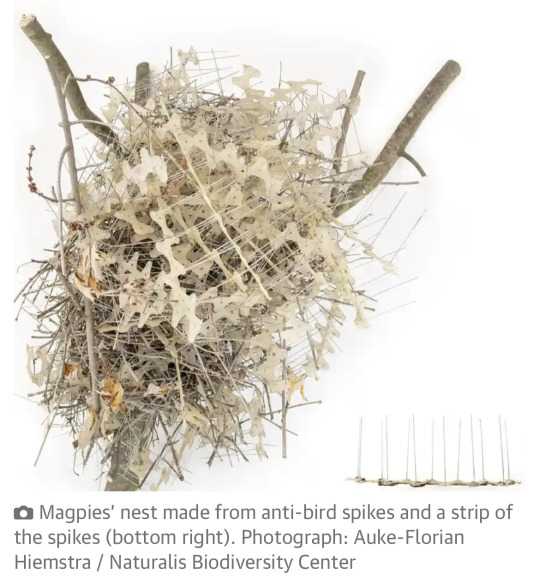
Side note: the article also mentions that one of the researchers is known for discovering homosexual necrophilia in ducks. Sooo that’s something I learned today.
130 notes
·
View notes
Text
The Netherlands🇳🇱 Is Losing Its Insect-Pollinated Flowers | University of Leiden & Naturalis Biodiversity Center, published by the Journal of Applied Ecology
by GrrlScientist 🧪🐝 🌺 🪲
5 notes
·
View notes
Photo
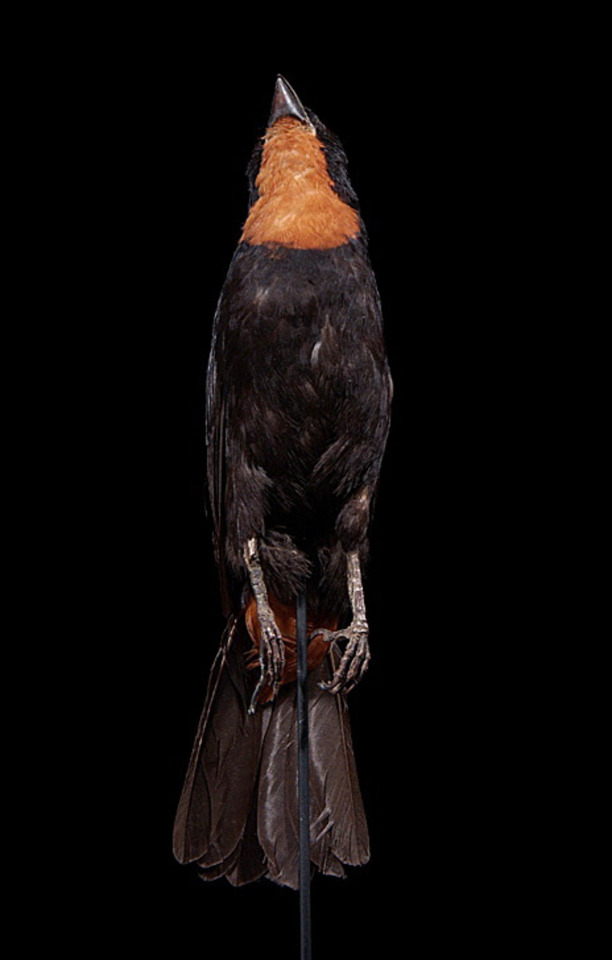
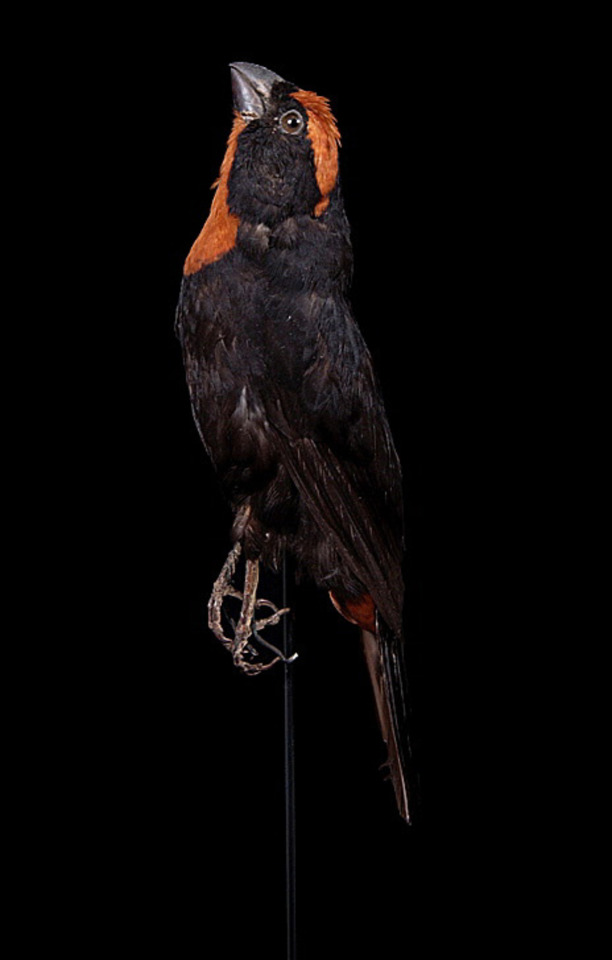
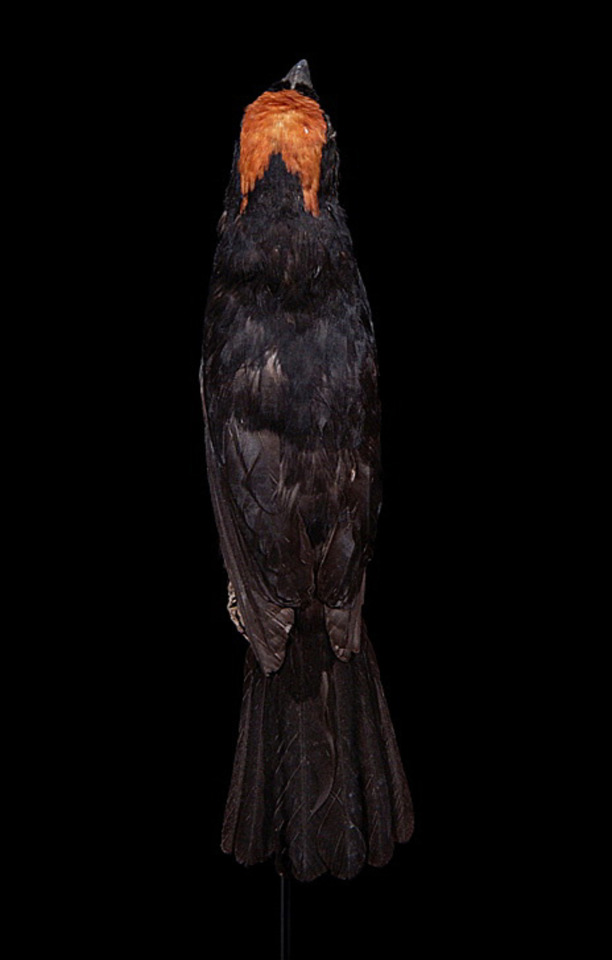
A study skin of a male St. Kitts bullfinch, part of the collection of the Naturalis Biodiversity Center in Leiden, Netherlands. This species was found only on the island of Saint Kitts in the West Indies, being last sighted alive in 1929. Although subsequent unconfirmed sightings have occurred as recently as 2021, the St. Kitts bullfinch is generally considered to be extinct. [ x ]
118 notes
·
View notes
Photo
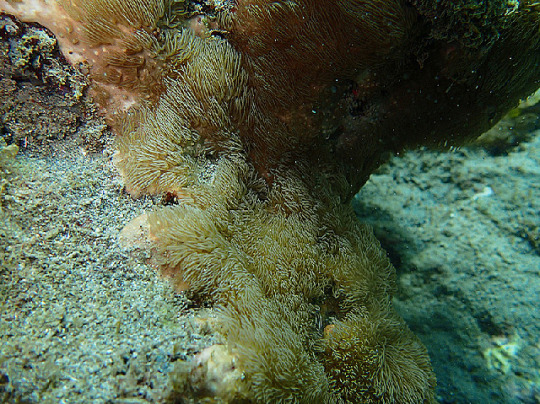
Cancer-crushing Corals
From fluorescent jellyfish proteins to drug-inspiring cone snail toxins, marine animals are a biomedical treasure trove. Soft corals and their relatives, collectively known as octocorals, possess a vast library of particularly promising compounds, diterpenes, currently under investigation as potential drugs. Yet, with little understanding of how they are produced, synthesising them in the laboratory has proved difficult, hindering progress. In a recent breakthrough, researchers identified a cluster of genes involved in the synthesis of eleutherobin, a coral diterpene with potent anti-cancer activity, in the genome of the soft coral Erythropodium caribaeorum (pictured). Unlike in many marine animals, eleutherobin is not produced by a bacterial symbiont, a microbial partner living within the coral, but by the coral itself, and similar genes exist in other octocoral genomes, suggesting that diterpene production is an ancient adaptation. Elucidating this genetic pathway provides key tools for making coral diterpenes, boosting their potential for drug development.
Written by Emmanuelle Briolet
Image by Naturalis Biodiversity Center
Research by Paul D. Scesa, Zhenjian Lin & Eric W. Schmidt, Department of Medicinal Chemistry, University of Utah, Salt Lake City, UT, USA
Image originally published with a Attribution-NonCommercial-ShareAlike 3.0 Unported (CC BY-NC-SA 3.0) license
Research published in Nature Chemical Biology, May 2022
You can also follow BPoD on Instagram, Twitter and Facebook
#science#biomedicine#cancer#cancer drugs#oncology#tumours#drug development#coral#diterpenes#soft coral#marine life#anti-cancer drugs
130 notes
·
View notes
Photo
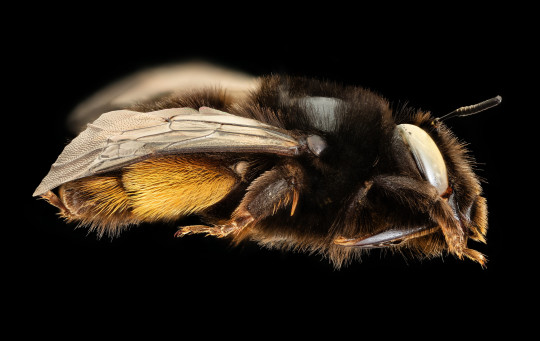


Anthophora retusa - A bit of a darkling you might say. Occurs across Europe and Asia. That said, it appears that there have been major, but mystifying, declines of this species in UK and at least parts of Europe. I am always impressed by how much more Europeans know about the status of their insect species than we do. Photo license: CC-BY-SA. This photo can be reused as you wish. When doing so, please credit the creator (USGS Bee Inventory and Monitoring Lab) and the source (Naturalis Biodiversity Center) and adaptations must be shared under the same terms.The specimen in this photo is provided by Naturalis Biodiversity Center in The Netherlands. For inquiries please contact: Frederique Bakker, email: [email protected] image is part of the photo series ‘Cool bees of The Netherlands’. For more information: [email protected]
62 notes
·
View notes
Text
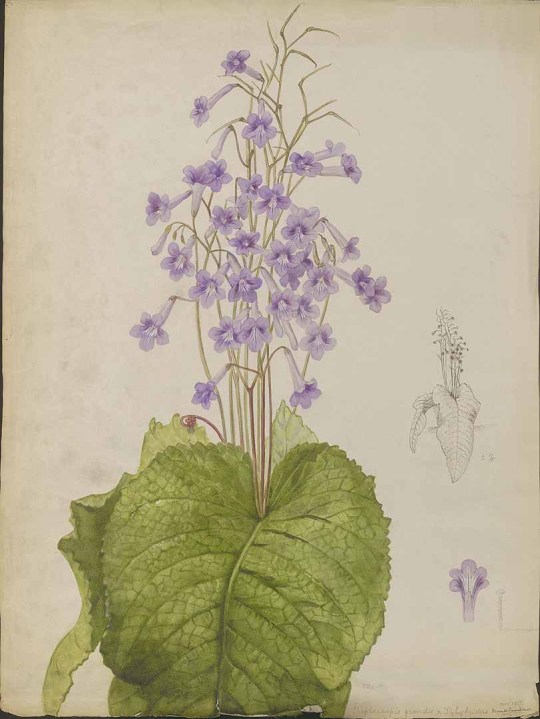
Streptocarpus grandis (1917) by Helena Christina van de Pavord Smits.
Naturalis Biodiversity Center
Wikimedia.
72 notes
·
View notes